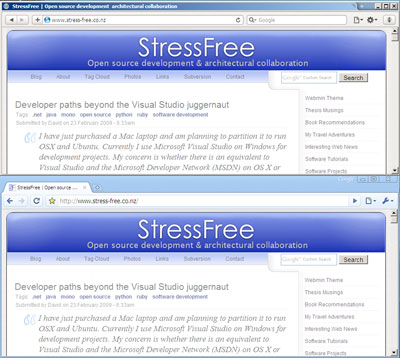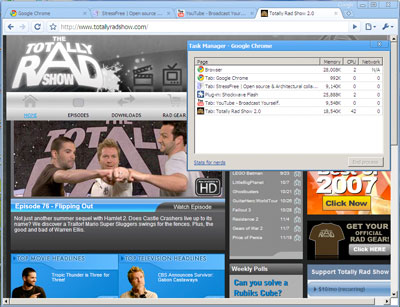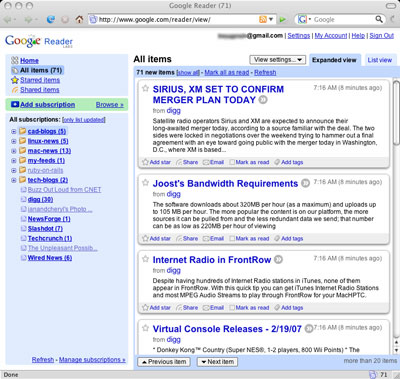
SilverStripe is an excellent, user-friendly content management system but its internal search functionality is, to put it kindly, useless. Fortunately with Google Site Search you can embed a Google-powered custom search engine into your SilverStripe site. Doing so requires a paid Site Search account, pricing for which starts at $100/year.
This tutorial explains how to integrate this Google Site Search XML feed into your SilverStripe site. Doing so has a number of benefits over the standard means of integrating Site Search, namely:
- No Javascript is required to display results within the SilverStripe site.
- The user is not taken to a separate, Google operated website to view results.
- The look and feel is consistent with the rest of the SilverStripe site.
- Multiple Site Search engines can be integrated into a single SilverStripe site.
- Site Search results pages are integrated into SilverStripe's management console.
Note: To integrate Site Search into SilverStripe using the described method a Site Search plan must be purchased as this provides results in XML. The free, advertising supported, Site Search engine does not provide search results in XML and cannot be used.








